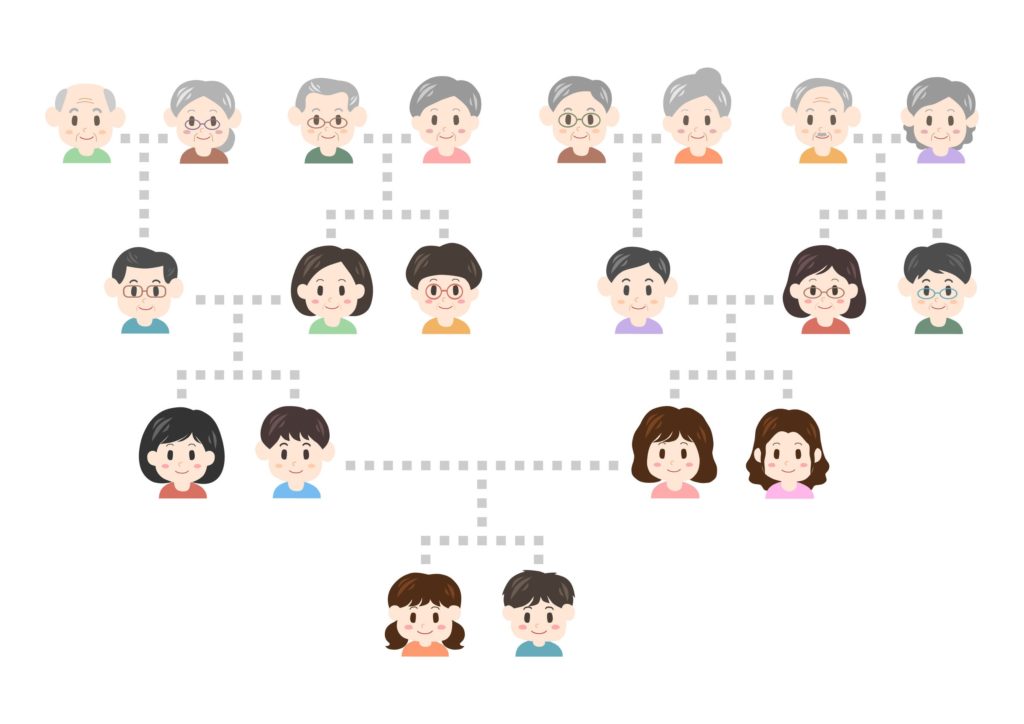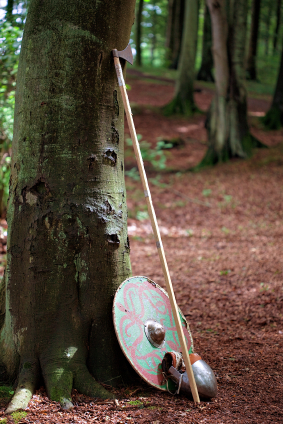“How do you like the name Jack?” the woman on the phone asked.
On April 26, 1964, a nurse came into the hospital room of Dora Fronczak, who had just given birth to her young son, Paul. She told Mrs. Fronczak that it was time to take the baby to the nursery (at that time newborns did not stay in the room with the moms), took the baby, and left. A few hours later, another nurse came into the room to take young Paul to the nursery. It was then that everyone realized a mother’s worst fear: Her infant had been stolen.
Authorities were able to determine how the woman left the hospital and that she got into a cab, but they were never able to find the woman. However, in 1965, a small toddler-aged boy was found, abandoned outside a store in New Jersey. Blood tests were not inconsistent with him being Paul Fronczak (DNA testing was not available), and there were no other missing children cases in the area that were matches. The little boy was sent to Chicago as Paul Fronczak and the case was closed.
However, as an adult, Paul Fronczak began to suspect that the couple who raised him were not his biological parents, and in 2012 Paul underwent DNA analysis to test his suspicions. The results showed that indeed, he was not the biological son of Dora and Chester Fronczak. His next step was to enlist the help of a genetic genealogist to assist him in finding his true biological parents and his identity.
By conducting “familial searches” using commercially available DNA databases like 23andMe and AncestryDNA and many resources, the genealogist’s group found a match to his DNA on the east coast. Further groundwork, discovered that this family was indeed Paul’s…now Jack.
The knowledge of Jack’s true identity didn’t bring with it a joyous union of the adoptive family who had raised and loved Jack (as Paul) with the biological family who had pined for him over the years as many might imagine.
Continue reading “A Cold Case, A Mystery, and DNA Databases” Like this:
Like Loading...




